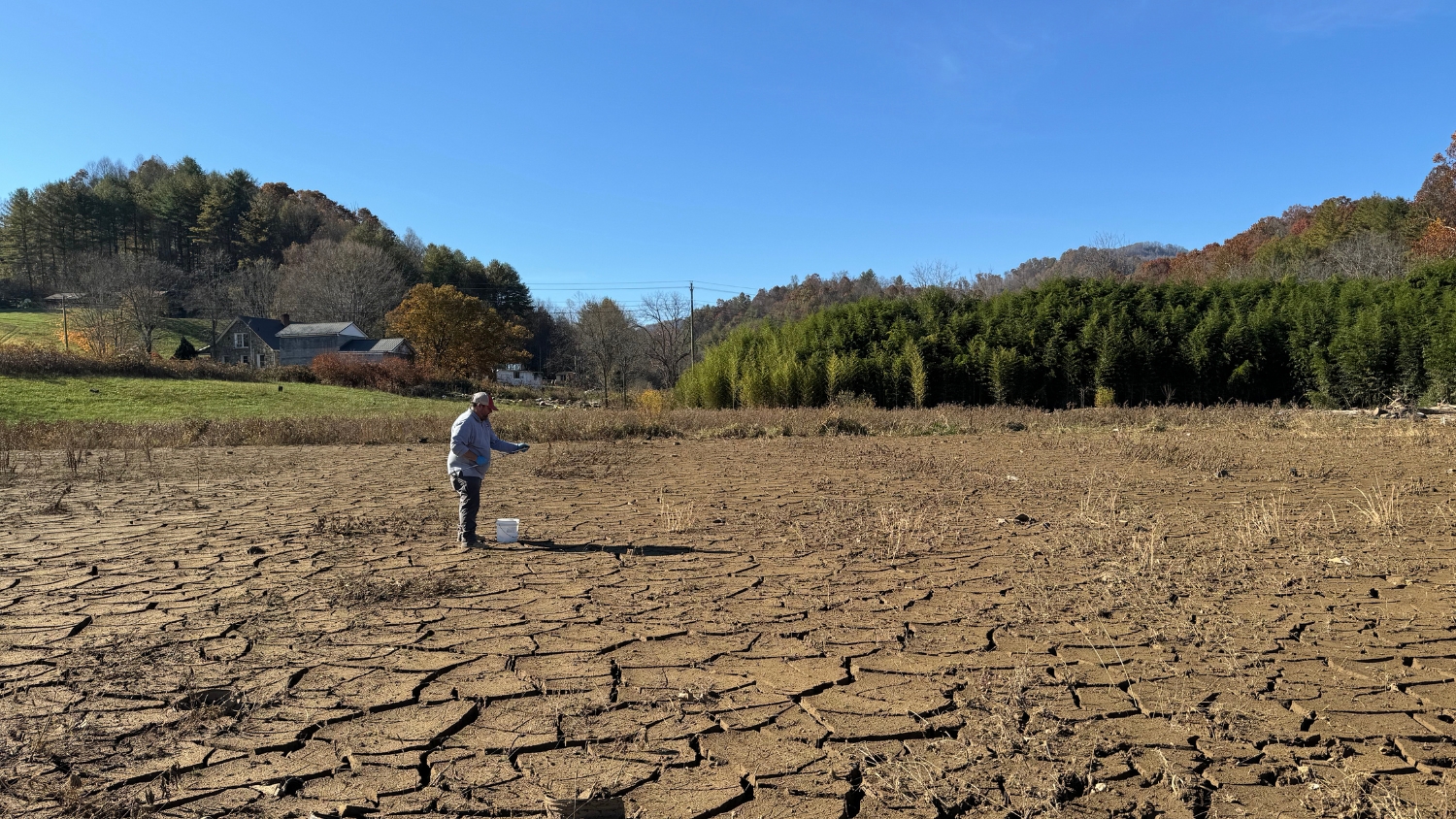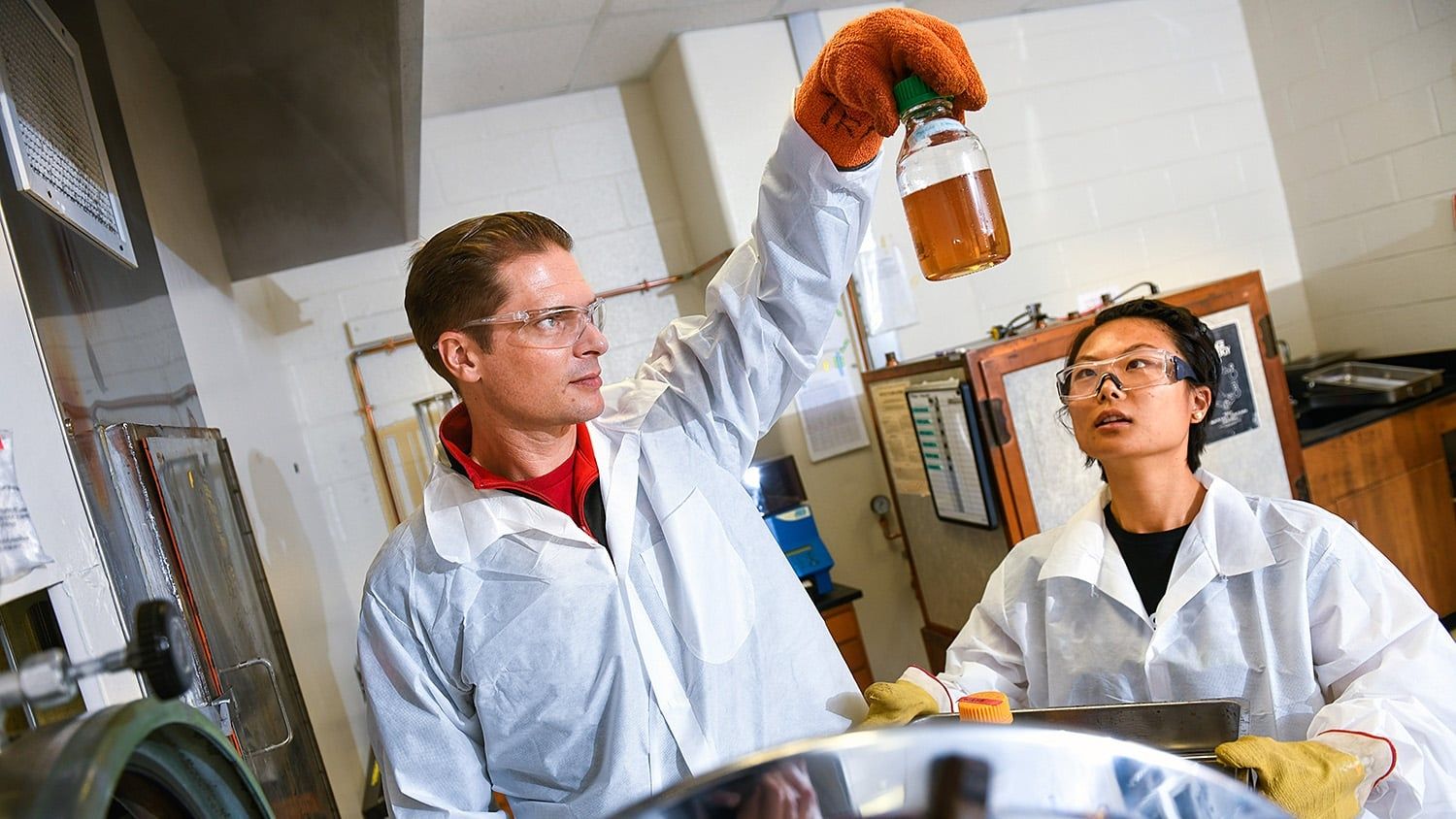A far-reaching review of academic papers and reports evaluated 46 proposed “win–win” solutions for reducing human infectious disease burdens and advancing conservation goals, which now can be explored on a publicly available website. The study highlights diverse and widespread bright spots where there could be opportunities to simultaneously safeguard human and ecosystem health.
Nearly 30 researchers from across the United States and overseas conducted the study, which appears in The Lancet Planetary Health. The interdisciplinary team included academic researchers, practitioners at government and nonprofit organizations, and veterinarians.
Skylar Hopkins, an assistant professor of applied ecology at NC State and corresponding author of the study, said the interdisciplinary group worked on this synthesis for four years. They painstakingly searched the existing academic literature for potential solutions and then developed a new process for determining whether a specific “win-win” solution is safe, feasible and cost-effective. They found that the solutions have varied levels of evidence for success; some have strong support already and others are ripe for further study.
“We like to think of these solutions like options on a bespoke menu. To select and design a solution that meets your needs, you’re going to need a lot of information. So we provide an evidence summary for each solution,” Hopkins said. “We also created a decision process that anyone can follow, so researchers and decision makers can design their own solutions or evaluate whether an existing solution will work in their situation.”
But Hopkins said that it wasn’t easy to evaluate some of the potential solutions.
“Sometimes the evidence for a potential solution conflicted,” Hopkins said. “One study would suggest that an intervention would reduce human disease burdens and another study would suggest that the same intervention would increase human disease burdens. Potential solutions could also have trade-offs or collateral impacts, where the intervention was good for some people but not others.” The team had to develop a method for quantifying evidence diversity, consistency and applicability to deal with these complications.
The list of 46 solutions shows only one with “high” evidence for both positive human health and conservation implications: vaccinating dogs to reduce rabies transmission to wildlife and people. Several of the solutions focus on domestic cats and dogs as disease reservoirs.
“Some of the 46 proposed solutions are implemented at large scales by national or international governments. Others can be done at a small scale, even by individuals. Every time you vaccinate your pets or raise your kitten to be walked on a leash instead of roaming unsupervised, you’re implementing one of these solutions,” Hopkins said.
The working group was funded by the Science for Nature and People Partnership after some team members had spent years studying human schistosomiasis in Africa – a debilitating disease caused by contacting water contaminated with parasites from snails. The snail population exploded when a river was dammed and prawns, which eat the snails, couldn’t migrate. The potential solution? Introduce prawns back into the river.
The team set out to find other examples of potential win–win solutions, unsure if they would find many or few other examples. They found that the 46 potential solutions cover six of the world’s seven continents – all but Antarctica – and included many of the world’s major known pathogens and methods of disease transmission. The solutions also tackle most of the world’s most pressing environmental problems, including land-use change due to agriculture, urbanization, resource exploitation and invasive species.
Twenty-seven of the solutions center on conservation efforts that also had human health benefits; many involve managing species, like the snail parasites that contaminated village water sources.
Six of the solutions involve public-health interventions that also had conservation benefits.
“People often ask what my favorite solution is,” Hopkins said, “and it is difficult to choose! But I am forever impressed by the programs that aim to improve access to health care, education and livelihood opportunities for people living near protected forests, marine reserves or other biodiversity hotspots. When those communities have more power over their well-being, they can use resources more sustainably, which slows deforestation rates and marine degradation.”
Thirteen of the solutions are not specific to human health or conservation yet they touch both sectors. Replacing wood-burning stoves with cleaner stoves is proposed to reduce deforestation and smoke-related ailments, the researchers say.
“Policymakers are looking for opportunities to simultaneously advance multiple sustainable development goals, like ‘ensuring healthy lives and promoting well-being for all’ and ‘conserving life on land and below water.’ That’s important work, but it can feel abstract or intangible. We hope that this study brings those efforts to life with real-world examples,” Hopkins said.
-kulikowski-
Note to editors: An abstract of the paper follows.
“Diversity and evidence gaps among potential win–win solutions for conservation and human infectious disease control”
Authors: Skylar R. Hopkins, Kevin D. Lafferty, Chelsea L. Wood, Sarah H. Olson, Julia C. Buck, Giulio A. de Leo, Kathryn J. Fiorella, Johanna L. Fornberg, Andres Garchitorena, Isabel J. Jones, Armand M. Kuris, Laura H. Kwong, Christopher LeBoa, Ariel E. Leon, Andrea J. Lund, Andrew J. MacDonald, Daniel C. G. Metz, Nicole Nova, Alison J. Peel, Justin V. Remais, Tara E. Stewart Merrill, Maya Wilson, Matthew H. Bonds, Andrew P. Dobson, David Lopez Carr, Meghan E. Howard, Lisa Mandle, Susanne H. Sokolow
Published: Aug. 3, 2022 in The Lancet Planetary Health
DOI:
Abstract: As sustainable development practitioners have worked to “ensure healthy lives and promote well-being for all” and “conserve life on land and below water,” what progress has been made with win–win interventions that reduce human infectious disease burdens while advancing conservation goals? Using a systematic literature review, we identified 46 such proposed solutions, which we then investigated individually using targeted literature reviews. The proposed solutions addressed diverse conservation threats and human infectious diseases, and thus the proposed interventions varied in scale, costs, and impacts. Some potential solutions had medium- to high-quality evidence for prior success in achieving their proposed impacts in one or both sectors. However, there were notable evidence gaps within and among solutions, highlighting opportunities for further research and adaptive implementation. Stakeholders seeking win–win interventions can explore this review and a searchable database to find and tailor a relevant solution or to brainstorm new solutions entirely.
This post was originally published in NC State News.
- Categories:



